
Apple Inc. is a technology giant that has been constantly pushing the boundaries of innovation since its inception in 1976. From the early days of personal computers to the modern era of smartphones and portable devices, Apple has confidently "stepped" along its technological path.
The company's journey began in a garage in Cupertino, California, where Steve Jobs and Steve Wozniak built the Apple I computer. Released in 1976, it was a modest machine by today's standards, but it marked the birth of Apple's legacy.
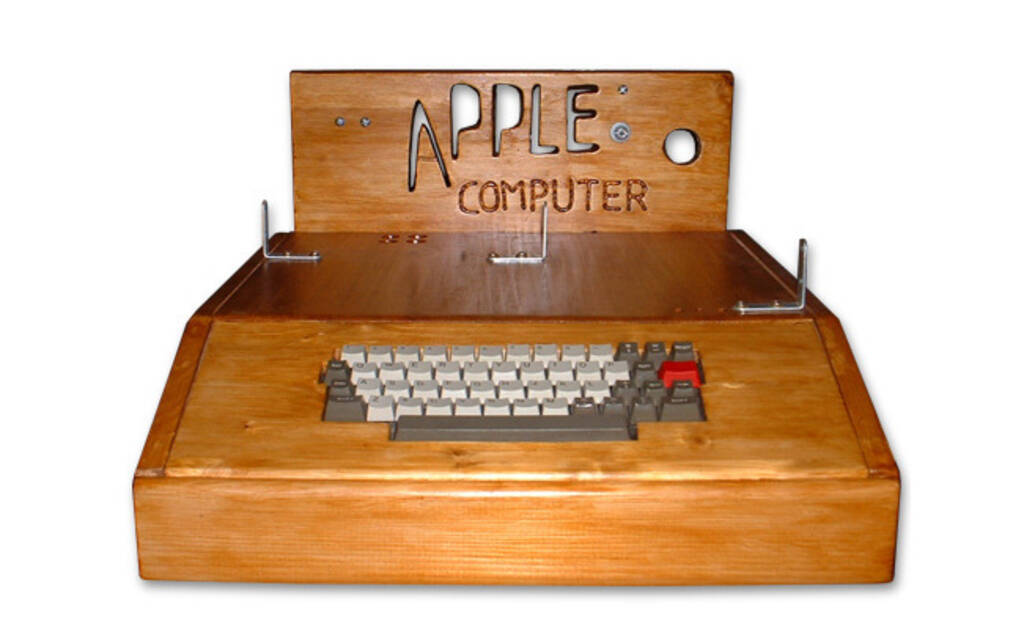
Apple I
The Apple I was followed in 1977 by the Apple II, which featured color graphics and expandability, making it a hit in the personal computer market at the time.
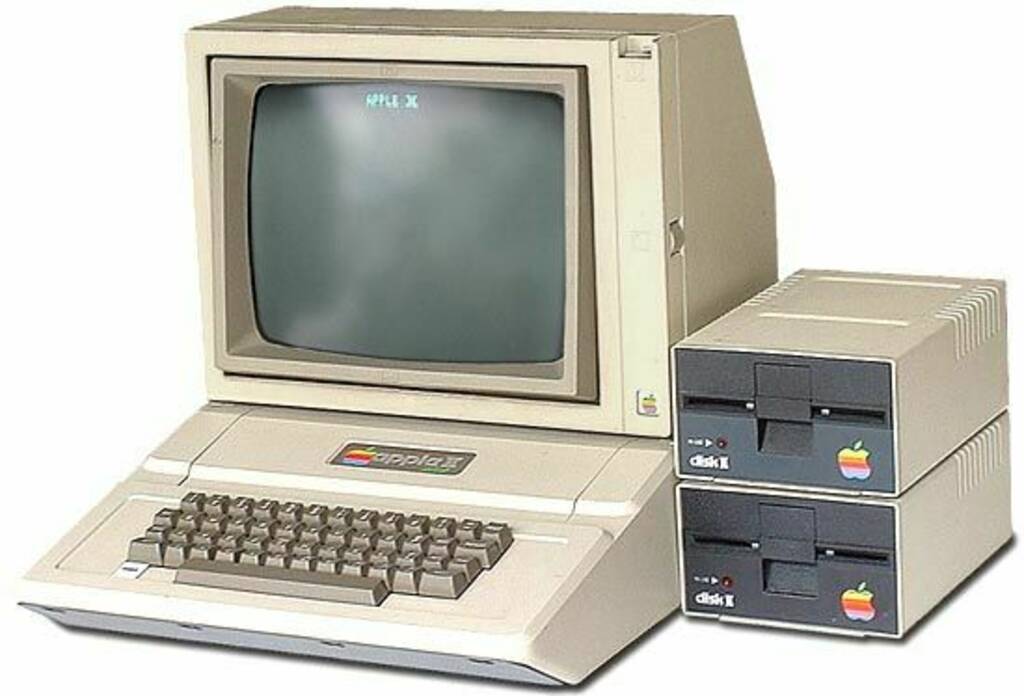
Apple II
In 1984, Apple introduced the Macintosh, a revolutionary computer with a graphical user interface (GUI) and a mouse. The Macintosh made personal computers more accessible to the masses, setting a standard that would influence the industry for decades to come. His iconic "1984" Super Bowl commercial is still remembered as one of the most iconic commercials in history.
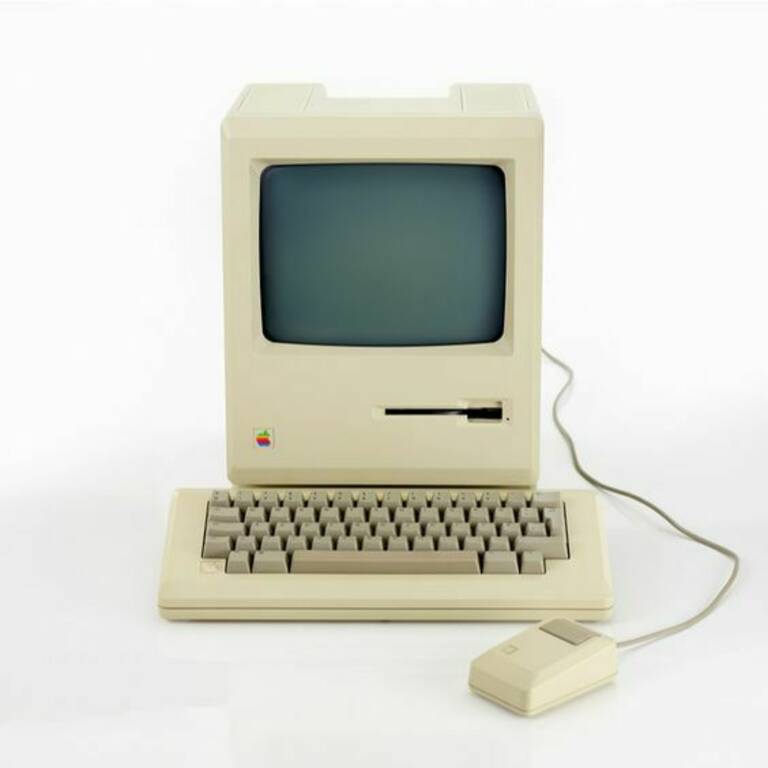
Macintosh 128K
The 1990s brought innovations like the PowerBook, Apple's first laptop, and the colorful iMac G3. Jonathan Ive's iconic translucent iMac design stood out in a sea of beige computers. It was also the first consumer computer with USB ports, which became the industry standard.
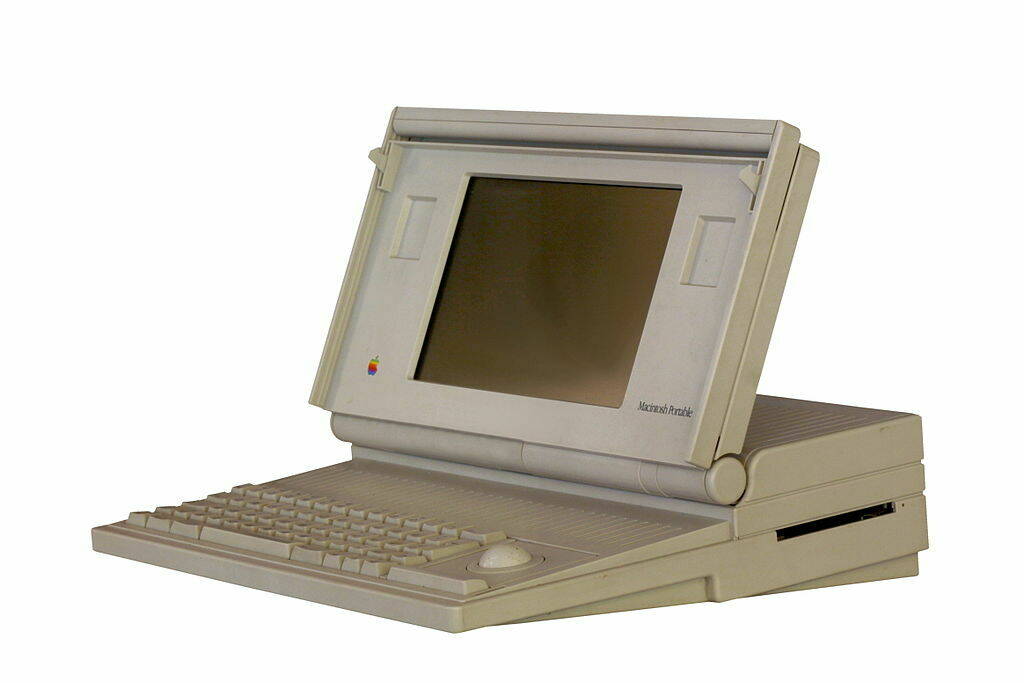
Macintosh Portable
The development of the Macintosh line continued, at one point the company released a black Mac with a built-in TV tuner. The release of the 20th Anniversary Macintosh with a strange even by today's standards design became iconic.
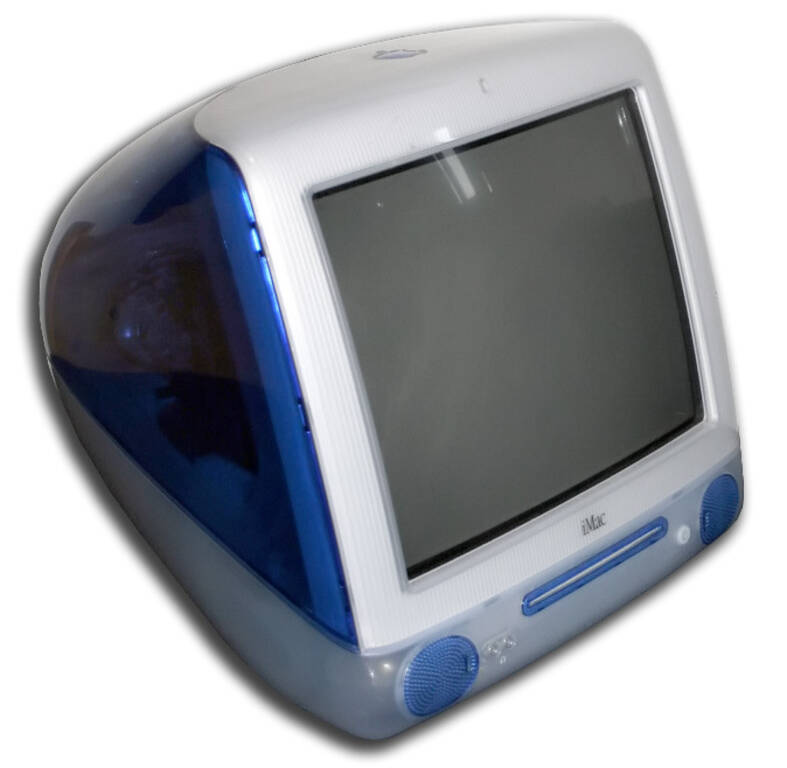
iMac G3
In May 1998, the release of the line of i-devices began, and the iMac G3 computer became the first in it. The bright design of the monoblock with a 15-inch monitor was produced in 13 different colors and became very popular among the people, because all you need to start working is to simply connect the keyboard and mouse and press the power button.
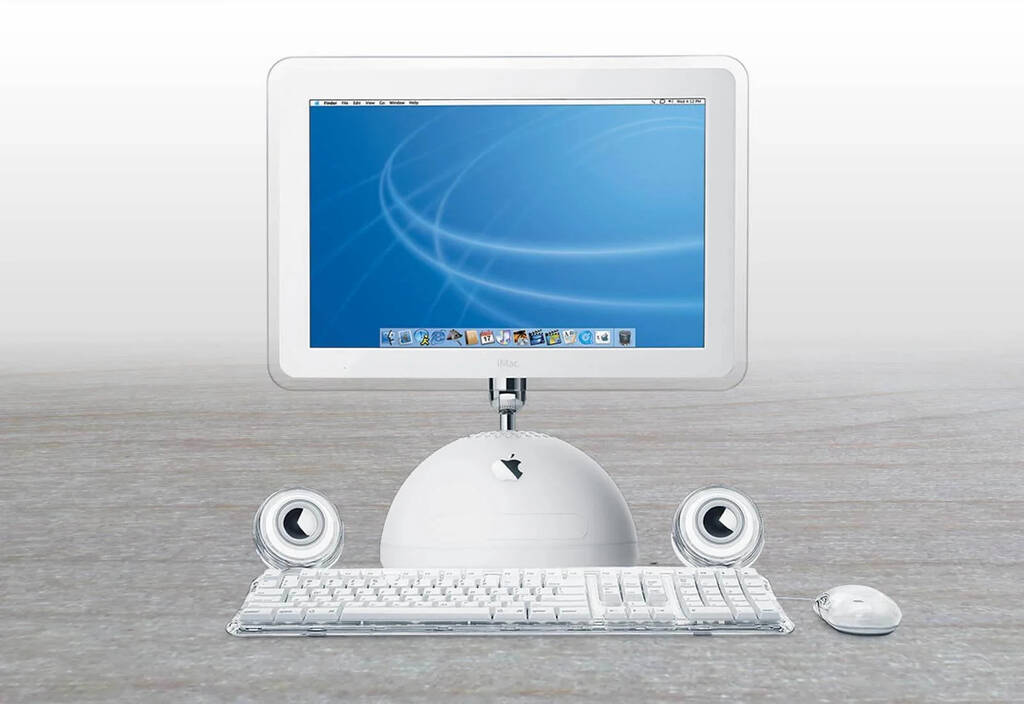
iMac G4
In 2000, the presentation of the Mac OS X operating system is held. The generation of new computers is further improved, the new PowerBook G4 and iMac G4 appear in the arena. The latter appeared with a radically new and familiar design — a monitor on a leg.
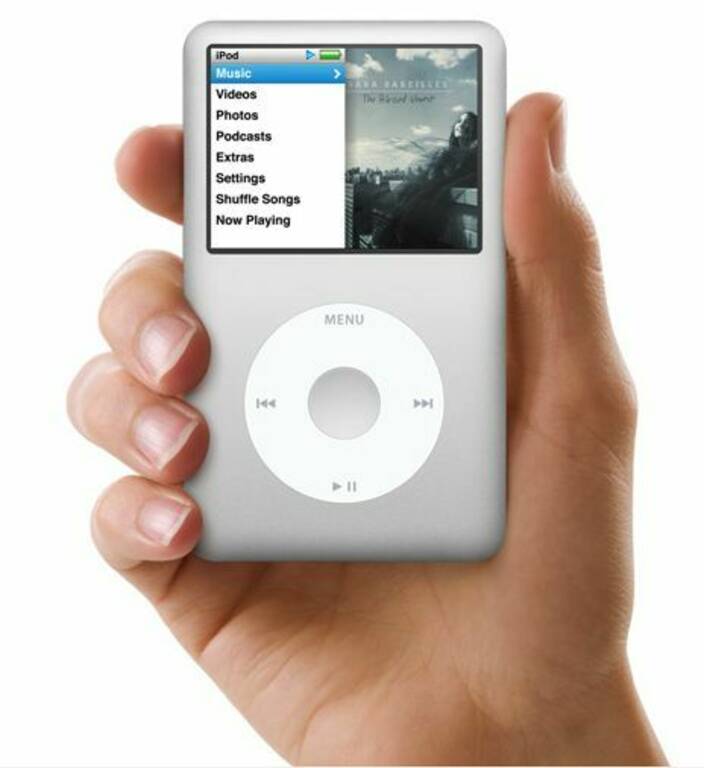
iPod Classic 1G
In 2001, Apple introduced the iPod, a portable music player that revolutionized music listening. Full integration with iTunes, Apple's music software, has made it easy for users to purchase, organize and sync their music collections. This combination changed the music industry and laid the foundation for Apple's future in digital media.

Perhaps the most important moment in the history of Apple occurred in 2007 with the release of the first iPhone. This revolutionary device combined a telephone, an iPod and an Internet communicator in one elegant body. The App Store, introduced in 2008, opened the floodgates to an entire ecosystem of third-party apps, further cementing Apple's dominance in the smartphone market.

Apple continued to shock the technology industry by introducing the iPad in 2010. The tablet market, which was previously a niche, has exploded thanks to the iPad's user-friendly interface and extensive app ecosystem. It has become an all-in-one device for both productivity and entertainment, changing the way we consume content and work on the go.

The MacBook Air, introduced in 2008 and refined in the 2010s, redefined the concept of ultraportable laptops. Its slim profile and lightweight design set the standard for ultrabooks. Apple also introduced Retina displays to its product line, providing unparalleled image clarity and setting new standards for screen quality.

In 2015, Apple launched the Apple Watch into the arena of portable technology. Although smartwatches have existed before, Apple's offering has quickly become the market leader. The watch combines fitness tracking, notifications and customization, making it a versatile and stylish accessory for millions of users.

2020 marked another milestone for Apple with the introduction of the M1 chip. Based on the ARM architecture, it powers the latest Macs with superior performance and energy efficiency. The move from Intel processors to Apple's own chips demonstrated Apple's desire to control the fate of its hardware.
The evolution of Apple products is evidence of the company's relentless pursuit of innovation. From humble beginnings in a garage to the global technology giant it is today, Apple has consistently delivered products that reimagine industries and shape the way we live, work and play.
Source: apple.com
